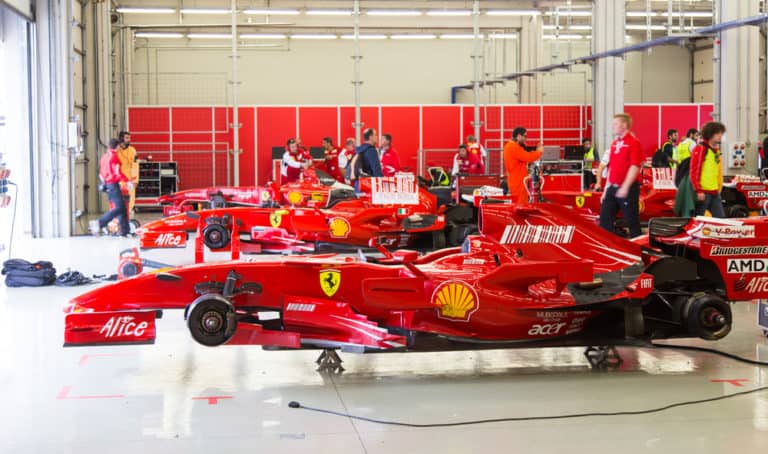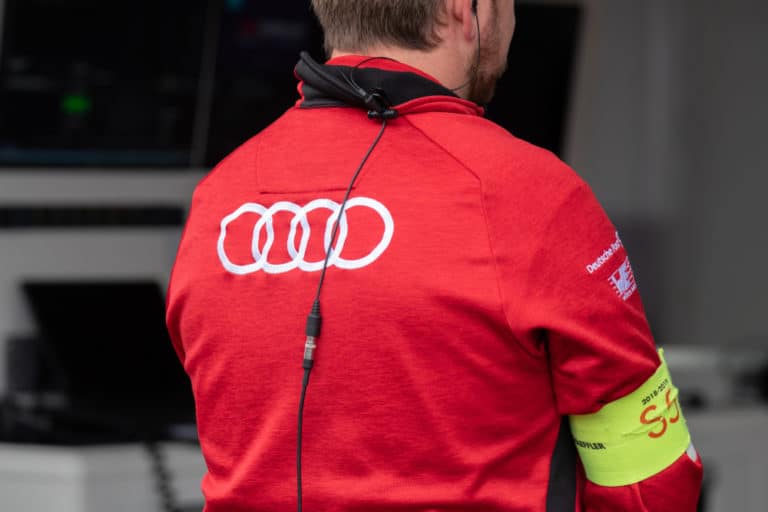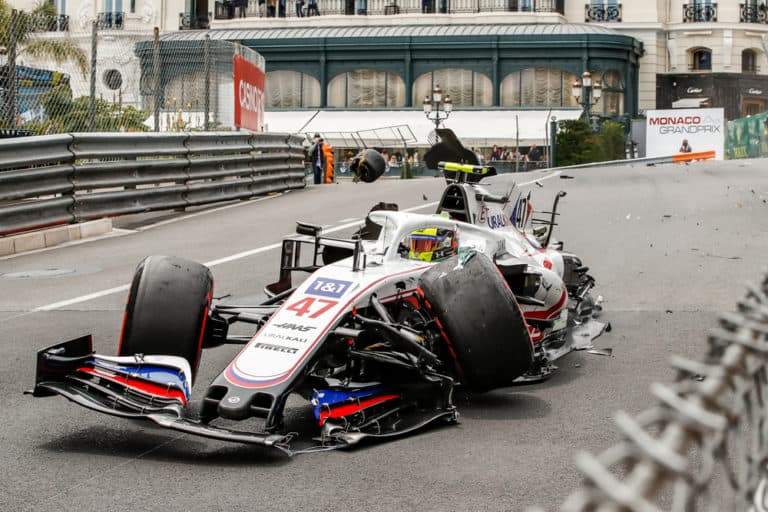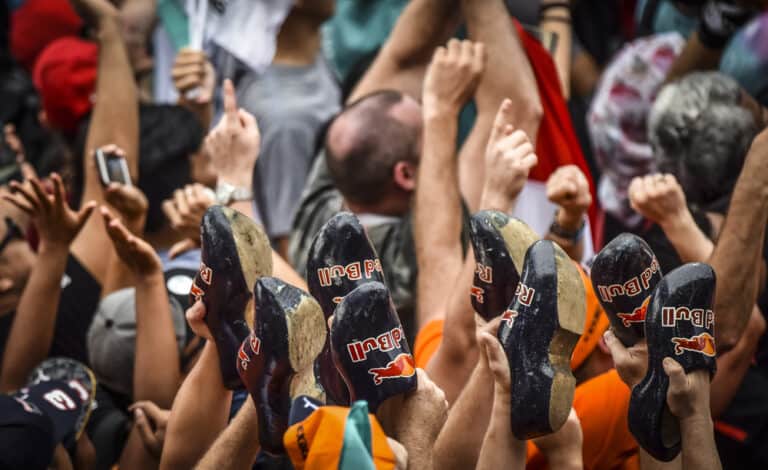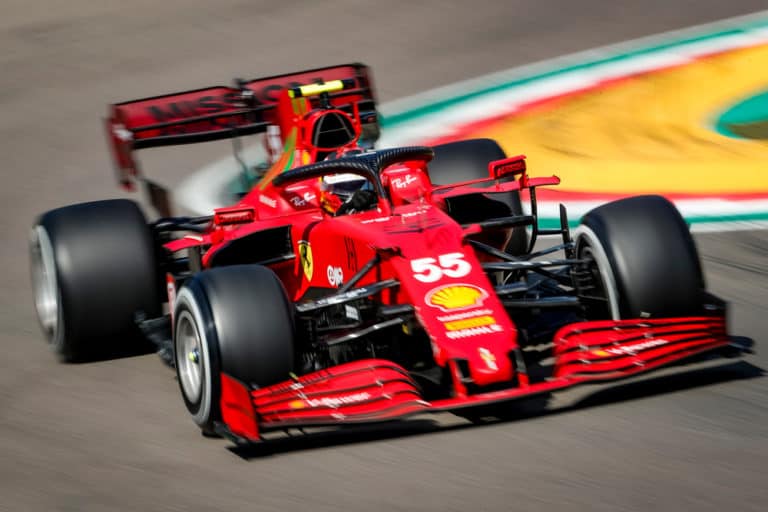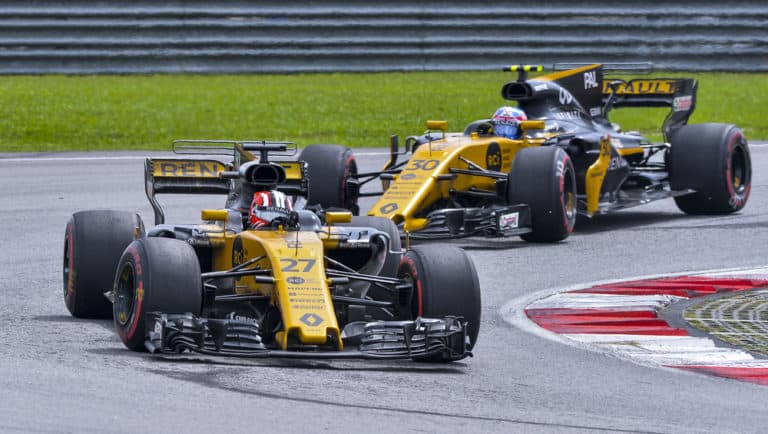Formula 1 drivers are required to race several Grand Prix circuits throughout a racing season. Some tracks within the season may be brand new and never raced before in F1, or a new driver may be brought in who has never raced on the particular circuit before. This leads many fans to wonder if F1 drivers memorize racetracks beforehand?
Formula 1 drivers do not necessarily memorize the track. Drivers who have raced on a track before will remember the track well. F1 drivers spend a lot of time in driving simulators that keep their track knowledge fresh. These are professional drivers who can learn tracks incredibly quickly.
Formula 1 drivers need to know the track they are racing on very well in order to traverse the circuit as quickly as possible and to enable them to win races. Knowing the track is vital, but drivers do not necessarily memorize the track. Let’s discuss this idea further and learn how F1 drivers learn racetracks.
If you’re looking for some F1 merchandise, check out the awesome stuff at the official F1 store here.
Do Formula 1 Drivers Memorize Racetracks?
Acquiring good knowledge of the layout of a racing circuit is vital for setting fast lap times and crucial for having a chance at winning a race. However, this does not mean that every F1 driver sets out to memorize the layout of a racetrack before a race.
Most Formula 1 racing seasons consist of many of the same F1 circuits. This means that unless a brand new, never before used in F1 track is added to the calendar, the drivers have driven the track many times before.
This means that the drivers are familiar with the tracks beforehand, and it is not necessary for them to relearn the track. Even drivers that are new to F1 probably already know the F1 tracks well, as they are likely to have raced in F2 or F3, which make use of many for the same racing circuits.
It is also important to remember that every modern F1 driver spends a significant amount of time off-track in a racing simulator. The sophisticated racing sims used by F1 drivers are incredibly accurate and very precisely represent the track tolerances of the circuits used for Formula 1 racing.
Spending this time in a racing simulator keeps the drivers’ track knowledge fresh and allows the drivers to focus on learning specific areas of the track at their will.
The racing sims are so accurate to the real tracks that drivers can even learn brand new tracks on a racing simulator to some extent. Nothing compares to the real F1 tracks, but the virtual tracks are precise enough that the drivers can stay fresh throughout the off-season and learn new tracks ahead of time.
How Do Formula 1 Drivers Remember Track Layouts?
There are so many tracks that the drivers must race on during an F1 season, and each track has its own unique layout that is rich with complicated runs, curves, straights, bends, twists, and other nuances that it can seem to outsiders like an impossible task to remember everything that goes on in each race.
This leads us to ask the common question, how do F1 drivers remember the track layout?
Even after spending significant tie in racing simulations and even having raced on the tracks before, it is almost impossible for every driver to remember every particular nuance of every F1 circuit in a calendar.
This means that the drivers have to go through race simulations as close to race day as possible, to keep their track knowledge fresh, they have to rely on their memory of the track, or they have to simply rely on their own abilities as a professional diver to get through around the track as quickly as possible.
F1 drivers remember track layouts not as a map, as a regular person may try to remember them, but they remember the track layouts based on first-hand experience from the perspective of a racing driver competing in F1.
The minds of the drivers are very sharp and finely tuned for remembering track designs, track layouts, and aspects of race circuits that regular people would never even notice, never mind remember off-hand.
Formula1 Drivers Are Professionals
When wondering how Formula 1 drivers remember track layouts and whether or not they memorize the tracks that they race on, it is very important to remember one thing: these are professional drivers and among the best in the world.
Formula 1 drivers are racers by trade. The racing drivers that compete in Formula 1 are considered by many to be the best drivers in the world, and they drive the most precision racing cars ever made.
Remembering this perspective makes it easy to understand that learning a track layout is not a challenge for these drivers. In the same way that you understand all the ins and outs of your job and what it takes to perform well in your industry, so do the drivers for their industry and their vocation.
These are professional drivers that operate the fastest racing cars in the world on the most difficult circuits possible. Their job is to do this well and even to do this better than any other driver. This means that learning circuit layouts and track nuances are just a small part of their daily work.
F1 drivers have stated that it takes as little as one lap around a track for them to completely learn the track layout. This is even true for a circuit that they have never driven before.
The drivers are so good at what they do and have so finely honed their driving skills and reflexes that they instinctively know how to handle corners and other aspects of racing circuits without having to think about it much.
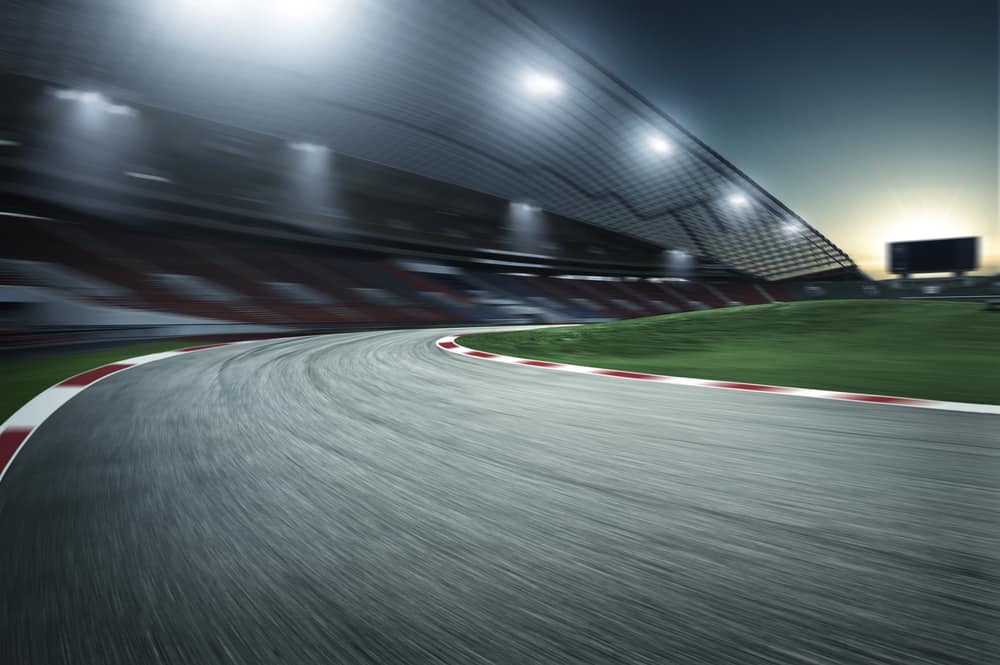
Conclusion
It is not a typical practice for F1 drivers to sit and memorize the layout of the circuits that they will be racing on in the F1 season, but simply by racing on them, the drivers gain the required understanding and memorization of the tracks that they are able to drive the tracks in their minds by memory.
This is simply part of the job for drivers, and they learn tracks without any effort, as they are simply very good at what they do.
F1 drivers know the F1 tracks very well and learn new tracks very quickly, but this ability is developed by hard work, tremendous skill, and a lifetime behind the wheel.
References
- https://www.youtube.com/watch?v=PN47nebNJZM&ab_channel=ScuderiaAlphaTauri
- https://bleacherreport.com/articles/2099152-secrets-of-how-f1-drivers-prepare-for-brand-new-tracks-like-austrian-grand-prixAccessed:#:~:text=The%20drivers%20will%20spend%20hours,ll%20soon%20be%20driving%20on.
- https://www.reddit.com/r/formula1/comments/9r17bo/so_f1_drivers_have_to_memorize_each_and_every/
- https://onestopracing.com/how-do-formula1-drivers-see-the-road/
- https://www.youtube.com/watch?v=eWQfiTCQews&ab_channel=FORMULA1

